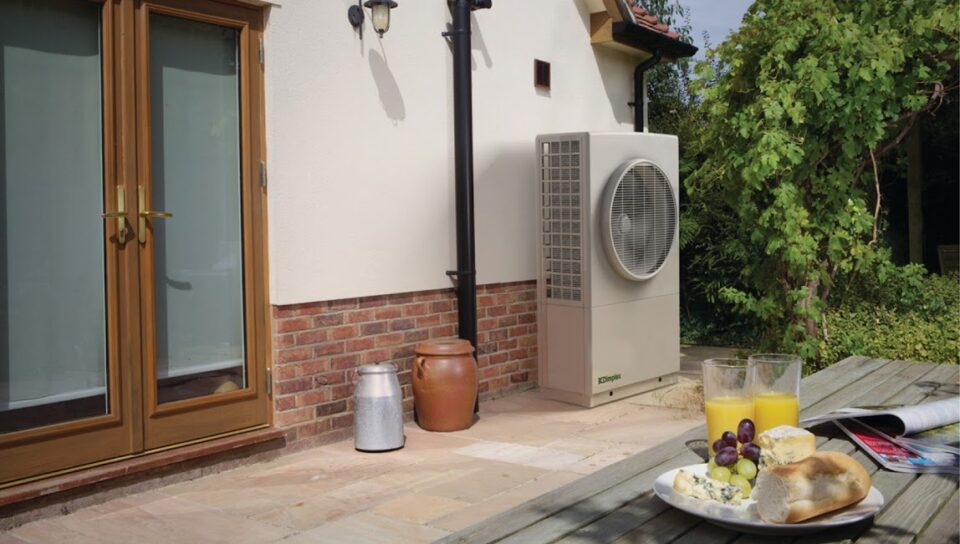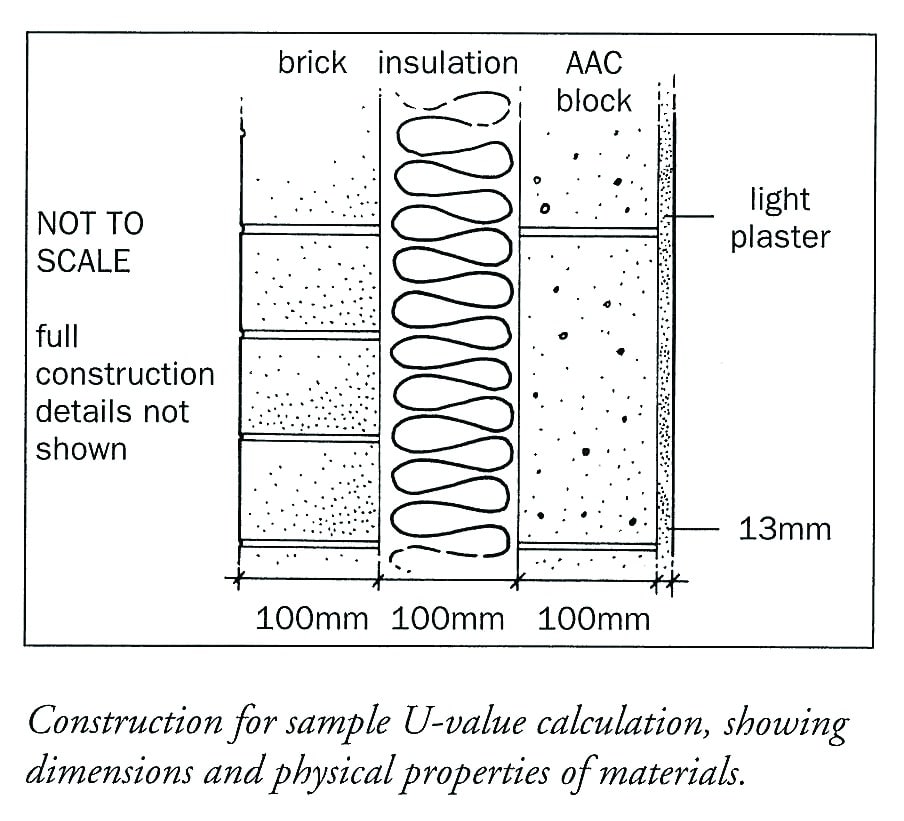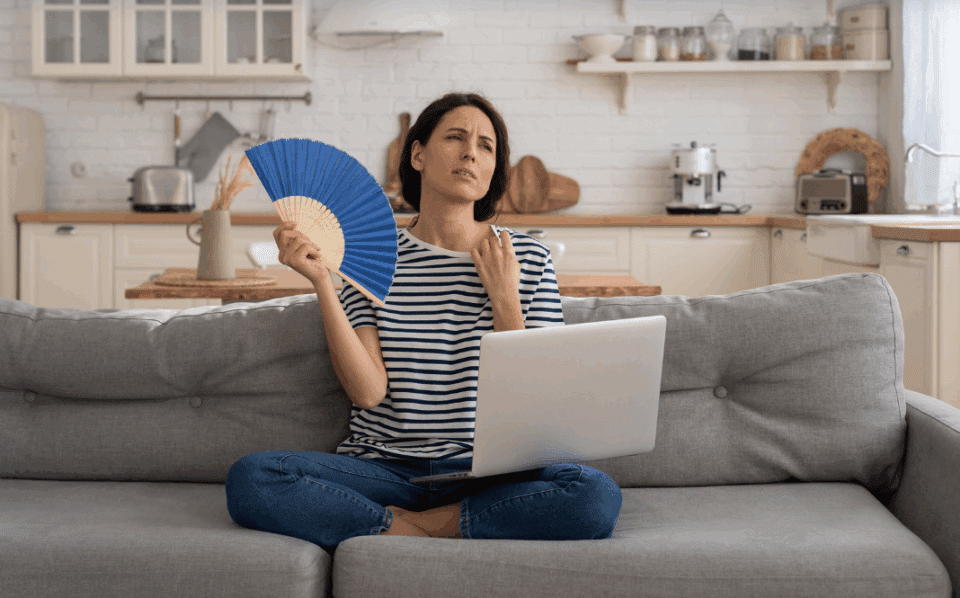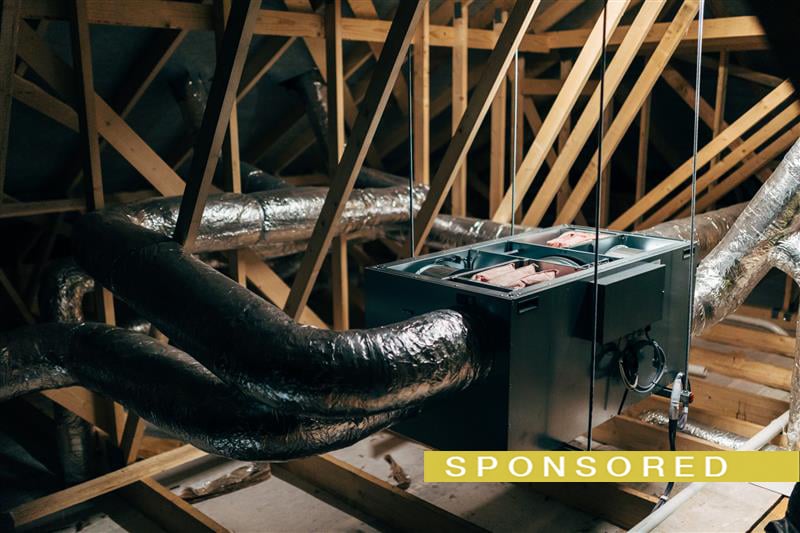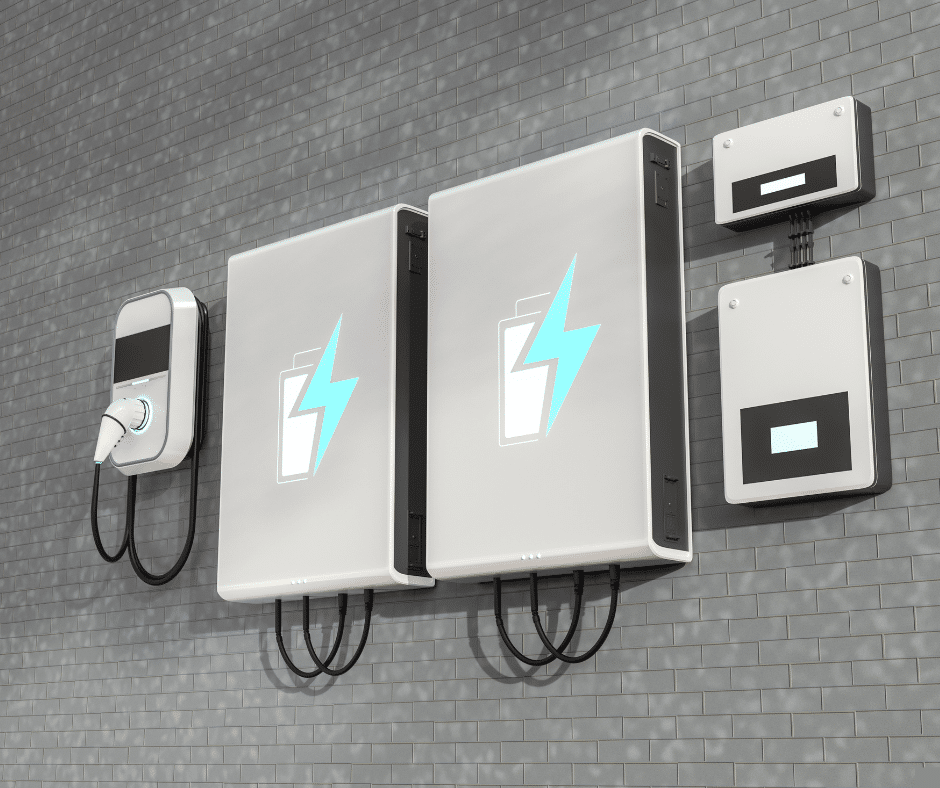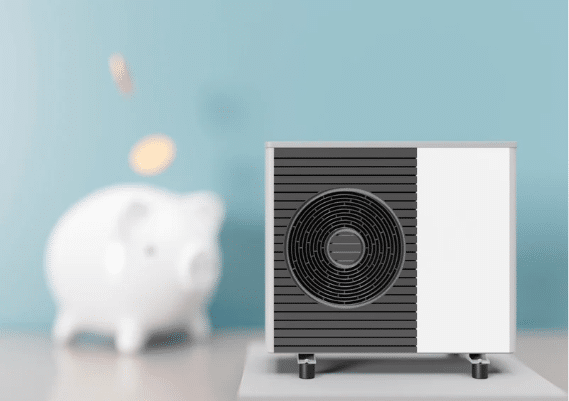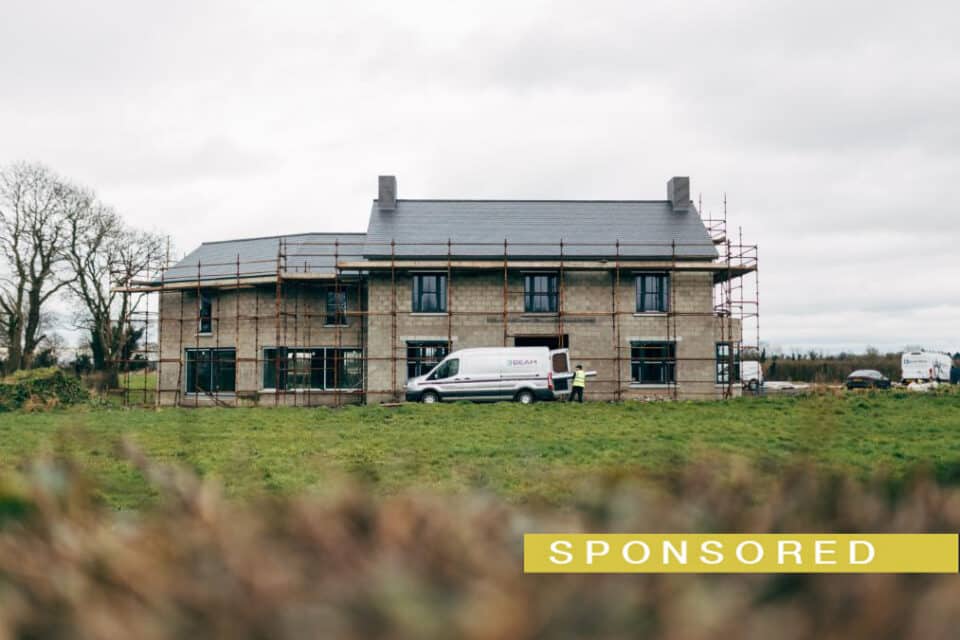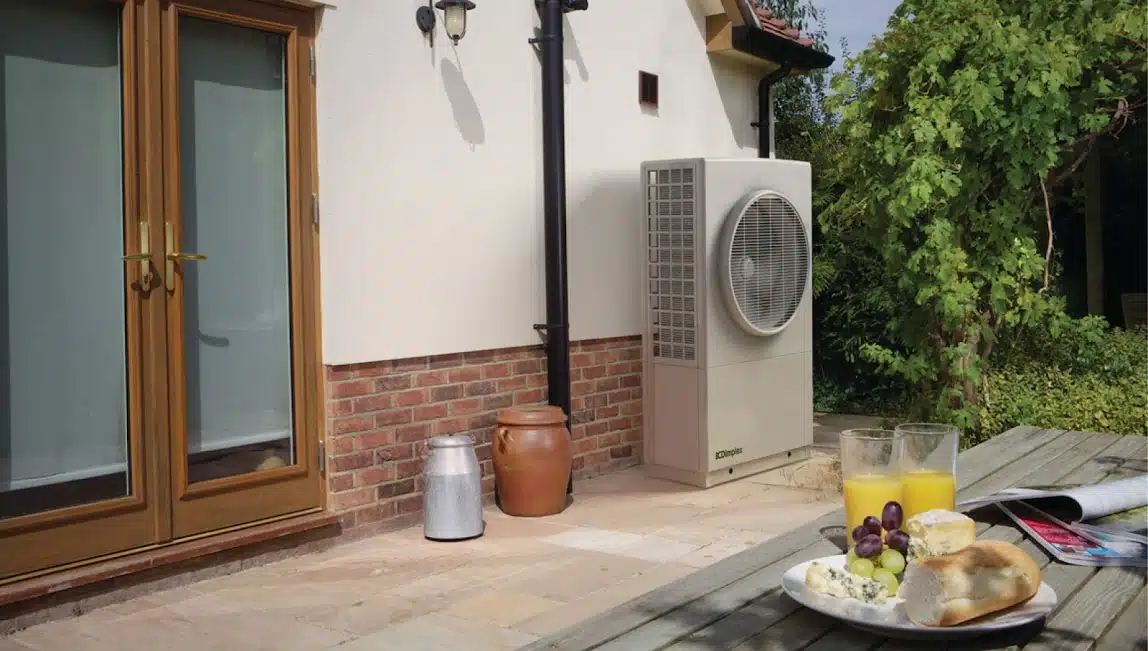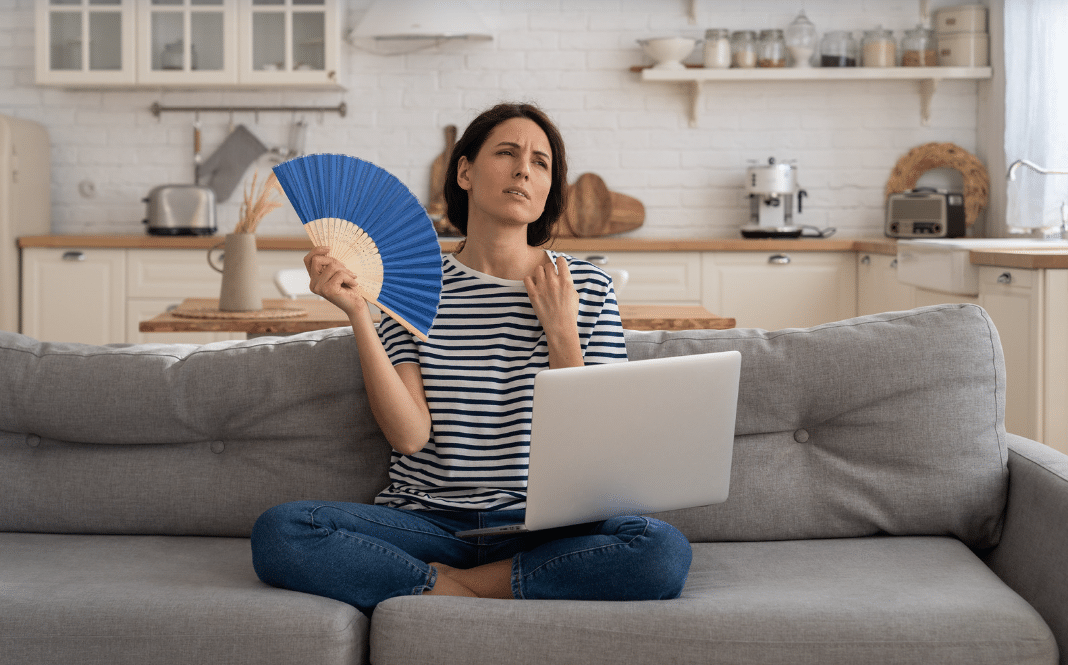In this article we cover:
- PV panels cost analysis and what grants you can get
- Types of PV panels
- How PV panels work
- How to size your PV system
- The installation process
- Tips to choose an installer
- Regulations and permissions
- Things to consider before the install
Photovoltaic (PV) panels are designed to capture sunlight and turn it into electricity. Typically made from silicon or other semiconductors, these panels are often installed on rooftops, providing a sustainable and ecofriendly energy source for your home.
In ROI and NI, solar PV systems can meet up to 75 per cent of your electricity needs from May to September, helping you cut down on both energy bills and your carbon footprint. If your home doesn’t use all the generated electricity, it’s sent back to the grid.
Types of PV Panels
In ROI and NI, the most common types of solar panels are monocrystalline, polycrystalline and thin film.
Monocrystalline panels are made from single-crystal silicon and have a high efficiency (often more than 20 per cent) and long lifespan. They work well for homes with limited roofspace due to this high performance. However, high efficiency comes with a higher price tag, making them one of the more expensive options available.
Polycrystalline solar panels are made from multiple silicon crystals melted together and are more affordable than monocrystalline panels. They have a characteristic blue colour and are typically 13 to 18 per cent efficient. While less efficient and slightly bulkier than monocrystalline panels, they are a good option if you have a large roof space and want to save on costs without sacrificing too much on efficiency.
Thin film solar panels are made by applying a thin layer of photovoltaic material onto a surfaces such as glass, plastic or metal. These panels are lightweight, flexible and easier to install. However, they generally have lower efficiencies, from 10 to 12 per cent. Despite this, thin film panels can be a cost effective solution.
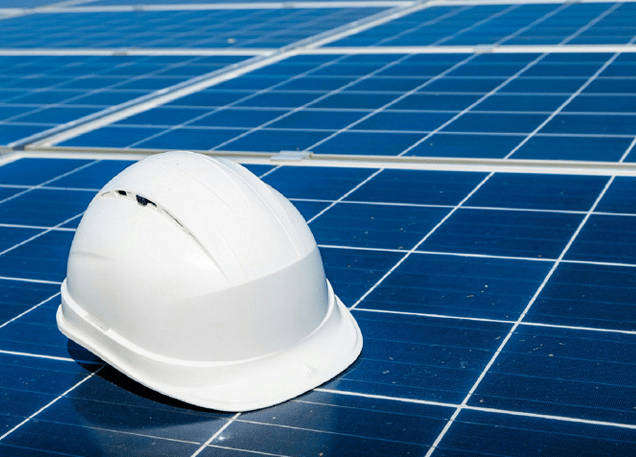
How to size your PV system
1. Calculate your energy usage
- Collect your electricity bills from the past year.
- Note the monthly kWh used and add these up for your annual usage.
- Divide the total by 365 to find your daily kWh usage.
- Consider any future changes, like installing an electric car charger.
- Use online tools to simplify this calculation if needed.
2. Estimate your peak sun hours
- Check your home location’s average peak sun hours, which indicate how much sunlight you get daily.
- Factor in seasonal variations and use online resources for specific data.
- Consult with solar experts for accurate estimates and consider panel placement to avoid shading.
3. Calculate the size of your solar system
- Estimate your monthly energy needs.
- Assess the sunlight your panels will receive, considering factors like shading and orientation.
- Use online calculators or expert advice to determine the number of panels required based on your energy needs and panel specifications.
Installation process
Assessment and design: An installer will visit and check your roof’s suitability. They will consider factors such as orientation, angle and shading before designing a system tailored to your energy needs.
Permits and approvals: Depending on where you live, you may need planning permission or local authority approval (see below). Your installer usually handles this process.
Installation: The installer will mount the panels on your roof and connect them to your home’s electrical system.
Grid connection: Your PV system will be linked to the electricity grid.
Timeline: Installation typically takes just one day, provided your roof is ready. If roof modifications are needed, the process could take several days.
Choosing an installer
When you are searching for an installer, look for proper accreditations. In Northern Ireland, choose an installer accredited by the Microgeneration Certification Scheme (MCS), which guarantees they meet high industry standards. In the Republic of Ireland, the Sustainable Energy Authority of Ireland (SEAI) provides a list of registered solar PV companies qualified to install systems that are eligible for grants.
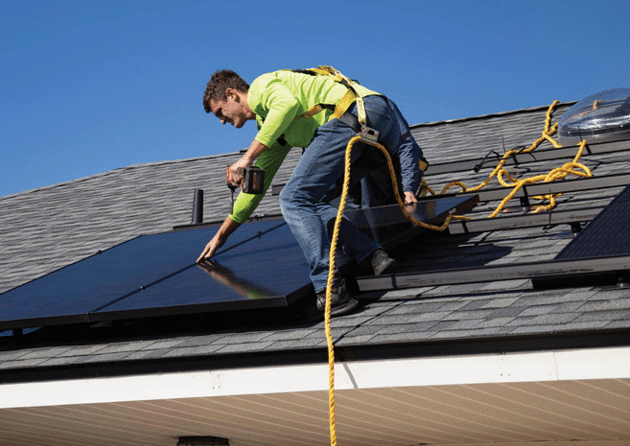
Regulations and permissions
In many cases, solar panel installations in NI don’t require planning permission. However, exceptions exist for listed buildings or conservation areas, so check with your local council. The ROI government has been working to ensure that most residential properties can install solar panels without needing planning permission, provided they comply with the specified conditions.
Even if planning permission isn’t necessary, building regulations must be followed to ensure a safe installation.
Costs and grants
The cost of PV panels varies based on the type of panel, system size and how difficult it is to install. Typically, a solar PV system should cost around €1,500 – €2,000 per kW installed. So a standard 4 kW system with 10 panels for a three-bedroom house might cost between €6,000 and €8,000 in ROI and around £7,800 in NI.
In ROI the Sustainable Energy Authority of Ireland (SEAI) offers grants of up to €2,100 for PV installations under the Solar PV Scheme.
If your PV system produces more energy than you use, you can export the excess to the national grid and be paid for it. This payment is called the Clean Export Guarantee (CEG), which functions similarly to a feed-in tariff. The rate for this tariff is set by your electricity supplier at a ‘competitive market rate,’ so you’ll need to contact your supplier directly to find out their specific CEG rates.
The CEG is available to both new and existing micro-generators, provided they meet the eligibility criteria. To qualify for the CEG, you must have a suitable export grid connection through ESB Networks. Additionally, you’ll need a smart metre installed to ensure accurate payment for the electricity you export. If you don’t have a smart metre, you’ll be paid based on an estimated volume determined by the CRU.
In NI, the Northern Ireland Renewables Obligation Certificates (NIROCs) scheme ended in April 2017, so there’s no longer an NI government financial incentive for generating your own electricity from solar PV or wind.
However, you can still earn money by selling excess energy back to the grid through what’s known as an export payment. To do this, you’ll need an import/export metre from NIE Networks. Currently, Power NI offers export payments at a rate of 14.22 p/kWh until September 30, 2024.
In the UK, the system is different. There, the Smart Export Guarantee has replaced the old feed-in tariff, but this scheme is only available in GB and doesn’t apply to NI.
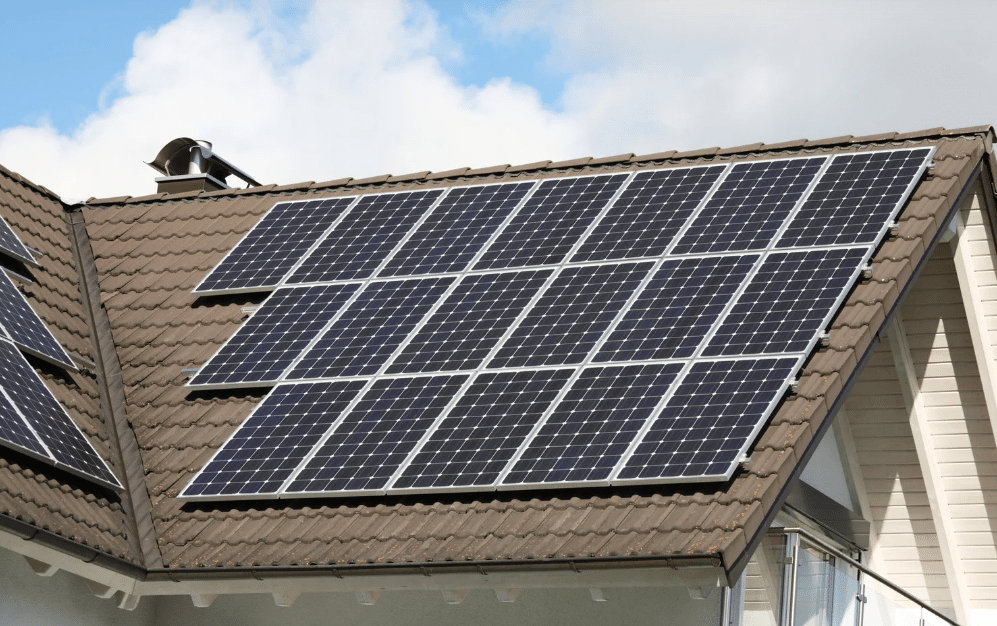
Batteries
A solar battery stores excess electricity generated by your solar panels, allowing you to use it when your panels aren’t producing power, such as during the night or on cloudy days.
Lithium-ion batteries are the popular choice for most solar PV systems due to their higher efficiency, faster charging times and longer lifespan compared to traditional lead-acid batteries. Although they are more expensive, their performance and durability make them a better investment in the long run. Lead acid batteries, while cheaper, require more maintenance and have a shorter lifespan.
Solar batteries can increase the cost of installing solar panels by €1,500 to €4,000, depending on several factors:
- Capacity: Higher storage capacity batteries are more expensive. An 8kWh battery is generally adequate for an average 3-bedroom home.
- Warranty: Most solar batteries last between 10-15 years and come with a 10-year warranty. The lifespan of a battery is typically measured in charge cycles, with high-quality batteries enduring up to 5,000 cycles before their capacity starts to diminish. Longer warranties are more expensive.
- Type: AC system and lead-acid batteries are often less expensive but less efficient compared to other types.
If you’re installing a battery alongside a new solar PV system, a DC-coupled battery is often more efficient. It connects directly to the solar panels without needing an additional inverter. For retrofitting a battery to an existing system, an AC-coupled battery is easier to install, though it might involve slightly higher energy losses due to the double conversion of electricity.
How do they work

Sunlight hits the panels: The sun releases light in the form of photons.
Energy conversion: These photons hit the PV cells in the panel, creating an electrical charge.
Inverter transformation: The electrical charge, which is direct current (DC), is converted into alternating current (AC) by an inverter. AC is the type of electricity your home uses.
Power usage: The AC electricity then flows through your home’s electrical system, powering your appliances and lights.
Excess power: Any extra electricity that you don;t use can be sold back to the grid.
Things to consider before installing solar PV panels
Roof direction and sunlight: Solar panels work best when they face south or east-west, depending on your roof space. South-facing panels give higher output for shorter periods, while east-west panels provide steady output throughout the day.
Roof access: Ensure your roof is accessible for installation and future maintenance. The panels need cleaning at least once a year to keep them efficient. Space for equipment: You’ll need a safe place for the inverter and other equipment. The inverter should be at ground level with enough space around it for easy access.
Cable routes: Plan where the cables will run from the panels to your home’s electrical system. If you’re adding extras like a car charging point or battery storage, you’ll need additional cabling.
Existing electrical setup: Your home’s current electrical system must be safe and up to date. You’ll also need an ESB Smart meter to get paid for any extra electricity you generate and send back to the grid.
BER rating and grants (ROI): You can get a €2,100 grant from SEAI if you use an approved installer and update your Building Energy Rating (BER). Check if the BER assessment is included in the installation cost.
Payback time: The payback period depends on how much of the electricity you use at home. The more you use, the quicker your system will pay for itself. Some electricity suppliers also pay you for any surplus energy, but this might change in the future.
Avoid hidden costs: Ask for a full survey and cost breakdown from your installer to avoid any unexpected expenses.


